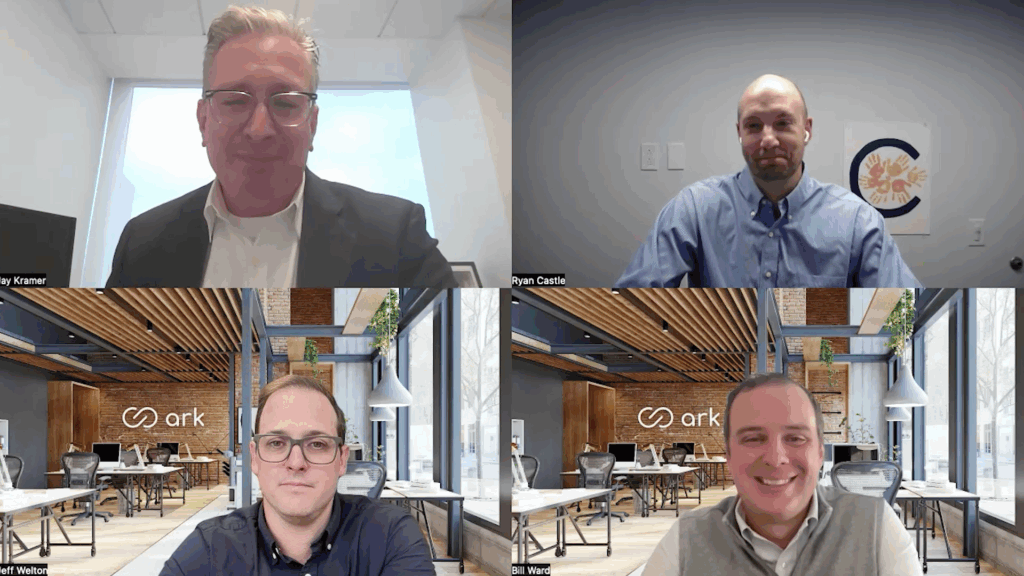Risk management is front and center across public and private capital markets in today’s volatile geopolitical and macroeconomic landscape. According to the Coller Capital Global Private Capital Barometer (42nd Edition, Summer 2025), LPs cite geopolitical instability and macroeconomic uncertainty as top concerns shaping their investment strategies.
These concerns are anything but theoretical. LPs are increasingly aware of how these factors impact portfolio company performance, fund valuations, and exit timelines. As a result, they are intensifying pressure on GPs for greater data transparency, especially with many evaluating secondary market opportunities to sell fund interests.
In this environment, real-time, accurate, and accessible data is becoming the most valuable commodity in private markets. Historically, private capital has lagged in this domain. Legacy practices—quarterly PDFs, email-based updates, and manual investor communications—no longer meet the rising transparency standards. Firms that can’t adapt risk losing LP’s trust.
Coller Capital – Global Private Capital Barometer 42nd Edition, Summer 2025
Investor Expectations: A Rising Tide of Transparency
Frustrated by delayed distributions and growing risk exposures, LPs are demanding answers on:
- NAV calculations, loan exposures, and valuation methodologies
- Value creation strategies and operational KPIs
- Exit timelines and portfolio company performance
- Risk exposure breakdowns and mitigation tactics
- Fee structures and transparency
Gone are the days of delivering a static report 45 days after quarter-end. Sophisticated institutional LPs and increasingly savvy high-net-worth (HNW) investors now expect continuous reporting and instant access to information.
But greater transparency doesn’t mean indiscriminate data exposure. LPs want visibility, not vulnerability. Requests may often be box-checking exercises for compliance, but they still demand accurate, thoughtful responses. The surge in secondary activity also underscores a growing need for immediate, actionable data access.
Investor Reporting: When It’s Needed Yesterday
To meet these demands, GPs must evolve their reporting infrastructure to be:
- Fast – Deliver near real-time data access.
- Efficient – Avoid burdening operational teams.
- Secure – Use encrypted LP portals, not unsecured email.
There are two complementary reporting strategies:
1. Internal Intelligence: Equip Managers with Real-Time Access
Many firms still struggle with basic questions like “Who received which notice?” or “What are the cash flow implications of this distribution?” This signals a need for tools that unify data from disparate systems into a single source of truth.
Managers need tools that provide them with direct access to structured, reliable data without having to cobble together reports from multiple systems. The ability to query and extract insights in real-time strengthens responsiveness and enables smarter decision-making.
2. LP Portals: Let Investors Help Themselves
Sophisticated LPs increasingly prefer to get information themselves, on their schedule. Investor dashboards, accessible via secure portals, allow them to see fund-level and investor-specific metrics, access historical documents, and monitor real-time capital account activity. Instead of sending an email or placing a call, they get immediate answers through a clean, intuitive interface.
A modern reporting platform should accommodate both. Dashboards tailored for managers provide instant insights into fund metrics, reporting workflows, and investor behavior. On the investor side, configurable dashboards offer a clear, personalized view of commitments, performance, and documents – accessible anytime.
For LPs, it’s about transparency. For managers, it’s time saved.
Goodwill Is the New ROI
Investor relations and finance teams are experiencing a COVID-era flashback—rapid demands, limited time, and high stakes.
We believe the demand for better data access isn’t just a reaction to market stress; it’s a structural shift. LPs are no longer passive recipients of quarterly statements. They’re active stakeholders who expect a professional, tech-enabled experience.
And this has direct implications for fundraising.
Your reporting stack is now part of the due diligence process. Prospective investors are looking at how you communicate. They’re assessing your operational sophistication. And they’re comparing your platform against others they’ve used and how other managers communicate with them.
In this environment, investing in an LP reporting solution isn’t just a cost; it’s an asset. One that builds goodwill, strengthens relationships, and supports capital formation.
When you deliver fast, efficient, and secure information, you’re not just checking a box. You’re signaling to your LPs that they matter. You’re reducing friction. You’re differentiating in a crowded market.
And that, in today’s private capital landscape, is priceless.





